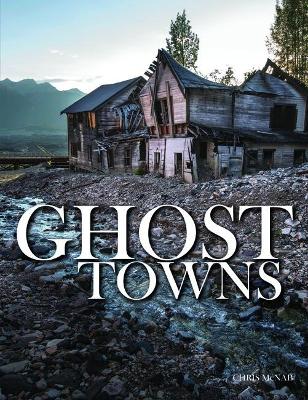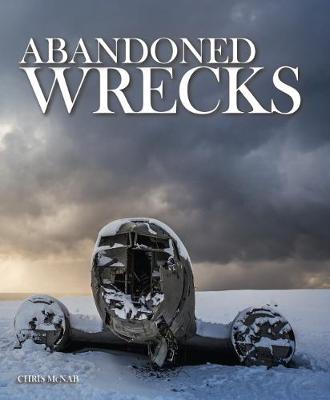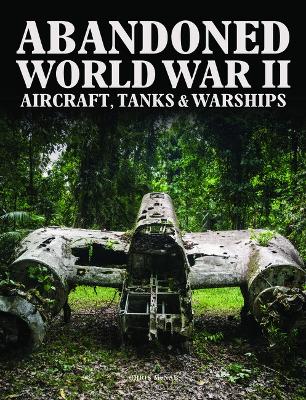Abandoned
3 total works
From Pripyat in Ukraine to Bodie in California to English villages requisitioned by the Ministry of Defence during World War II, from Greek leper colonies to deserted Italian mountain villages, Ghost Towns is a brilliant pictorial work examining lost worlds.
With reasons ranging from the collapse of local industry to being pushed aside to make way for a new industry, from earthquakes and volcanoes to man-made chemical spills, from war zones to demilitarised zones, the book explores a wide range of desolate urban environments from around the globe. And with these places left to nature, we can see not only how nature reclaims the land, but also gain a glimpse into the past free from humankind's modernising hands.
With 150 striking colour photographs exploring 100 worlds, Ghost Towns is a fascinating visual history of the mysteries of lost worlds.
From ships left high and dry after the retraction of the Aral Sea to Titanic at the bottom of the Atlantic, from a rusting railway graveyard in Bolivia to abandoned World War II cars in a Swedish forest, from aircraft frozen in time in Antarctica to streetcars sidelined in...
Read moreFrom ships left high and dry after the retraction of the Aral Sea to Titanic at the bottom of the Atlantic, from a rusting railway graveyard in Bolivia to abandoned World War II cars in a Swedish forest, from aircraft frozen in time in Antarctica to streetcars sidelined in Brooklyn, New York, Abandoned Wrecks explores over 100 fascinating sites from all around the world.
Aside from the peculiar beauty of rusting hulks on forgotten battlefields, anemone-covered battleships on the seabed and cars being consumed by forests, the images and text introduce us to unusual stories: how a car standing on its nose in the Nevada desert has inspired an artist into making a design feature from junked cars, a Canadian schooner that sank in 1885 and rests preserved to this day in a harbour in Lake Huron, and a space shuttle left gathering dust in a hangar.
With 170 outstanding colour photographs of cars, trains, ships, submarines, tanks, aircraft and even a space shuttle, Abandoned Wrecks is a brilliant pictorial work showcasing these battered time capsules and their stories of wars, natural disasters, changing fortunes, tastes and fashions.
The six years of World War II produced a greater number and variety of weapons than any other conflict before or since. This included more than 5 million tanks, armoured fighting vehicles and other self-propelled weapons; 8 million artillery guns; almost a million military aircraft; more than 50,000 ships and submarines; as well as many millions of rifles, machine guns and handguns. Today, in every corner of the world, the remnants of this epic conflict can still be seen. Long-buried ammunition in the Belorussian forest; sand-covered trucks in the Sahara desert; the abandoned concrete caverns of the Lorient U-boat base in southwest France; crashed American bombers and Japanese anti-aircraft guns in the jungles of New Guinea; thousands of unexploded bombs in the depths of the world's seas and oceans; or the hundreds of aircraft and 30 Japanese ships destroyed in Truk Lagoon, the biggest graveyard of ships in the world.
Illustrated with more than 200 unique photographs, Abandoned World War II Aircraft, Tanks and Warships allows the history buff and general reader to explore the detritus of this unimaginably destructive conflict in every part of the world.


